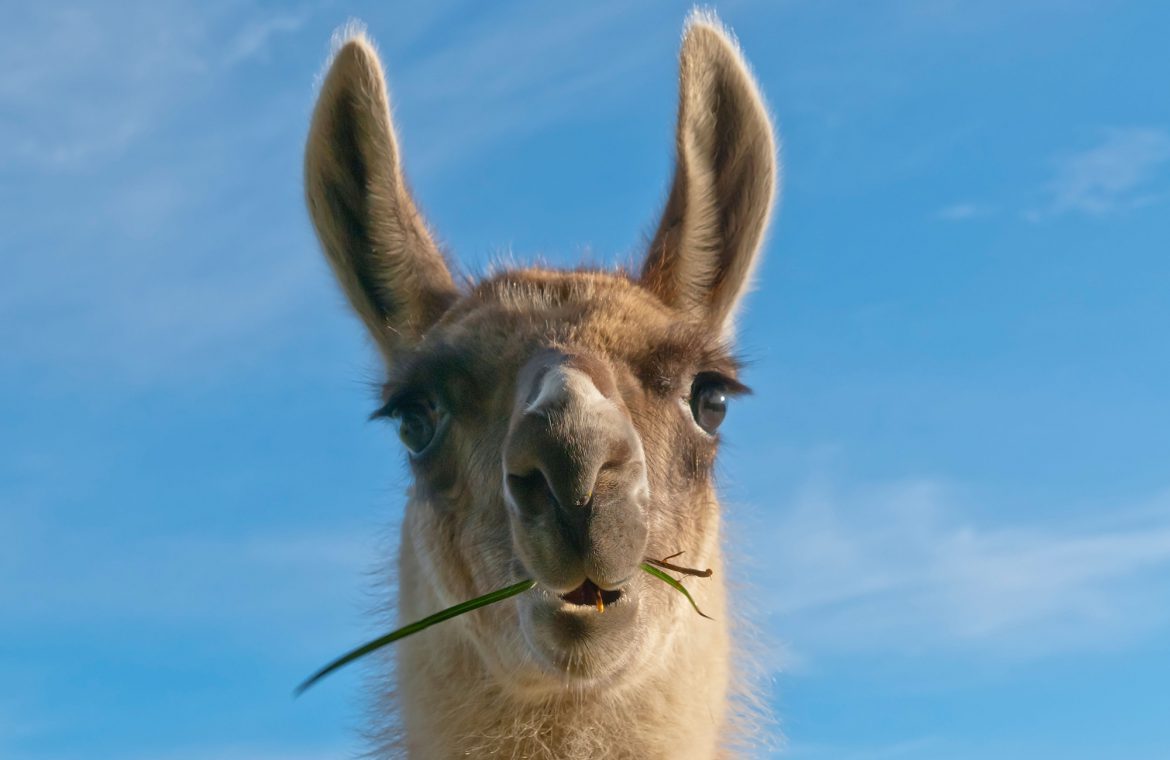[ad_1]
A llama named Wally may hold the key in the fight against the coronavirus, according to a new study.
Researchers have discovered a way to extract “tiny but extremely powerful SARS-CoV-2 antibody fragments from llamas,” according to the University of Pittsburgh School of Medicine, referring to the virus that causes COVID-19.
The so-called “nanobodies” — much tinier than human antibodies and many times more effective at neutralizing the deadly bug — could be fashioned into inhalable therapeutics with the potential to prevent and treat the illness, according to the university.
“Nature is our best inventor,” said Yi Shi, assistant professor of cell biology at Pitt.
“The technology we developed surveys SARS-CoV-2 neutralizing nanobodies at an unprecedented scale, which allowed us to quickly discover thousands of nanobodies with unrivaled affinity and specificity,” he added.
To generate the nanobodies, the senior author turned to Wally, a black llama who resembles and shares his name with Shi’s black Labrador.
The scientists immunized Wally with a piece of the bug’s spike protein — and after roughly two months, the animal’s immune system produced mature nanobodies.
Yufei Xiang, a research assistant in Shi’s lab, identified the nanobodies in Wally’s blood that bind to the coronavirus most strongly, according to Pitt.
With the help of the school’s Center for Vaccine Research, the scientists exposed then their nanobodies to live virus and found that just a fraction of a nanogram could neutralize enough of it to prevent a million human cells from being infected.
“These nanobodies represent some of the most effective therapeutic antibody candidates for SARS-CoV-2, hundreds to thousands of times more effective than other llama nanobodies discovered through the same phage display methods used for decades to fish for human monoclonal antibodies,” according to Pitt.
Alamy Stock Photo
Shi’s stable nanobodies can remain at room temperature for six weeks and tolerate being used to create an inhalable mist to deliver antiviral therapy directly into the lungs.
In contrast, traditional antibodies require an IV, which dilutes the product and requires a much larger dose, costing patients and insurers about $100,000 per treatment course, according to the university.
“Nanobodies could potentially cost much less,” Shi said. “They’re ideal for addressing the urgency and magnitude of the current crisis.”
Paul Duprex, a study co-author and director of the Center for Vaccine Research, said: “As a virologist, it’s incredible to see how harnessing the quirkiness of llama antibody generation can be translated into the creation of a potent nanoweapon against clinical isolates of SARS-CoV-2,
[ad_2]
Source link








